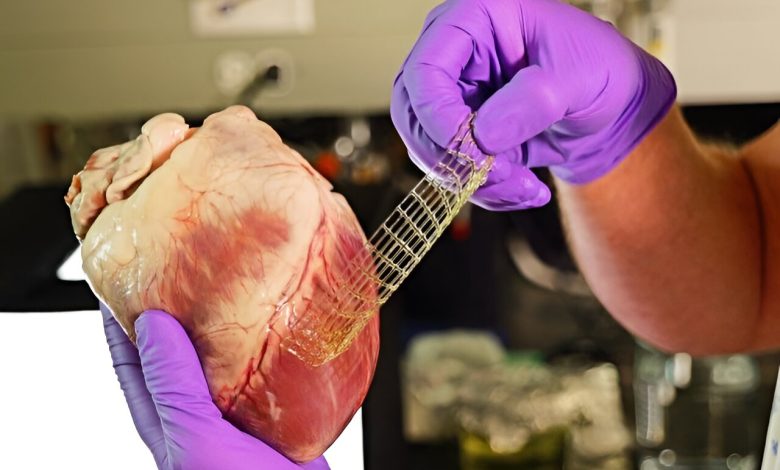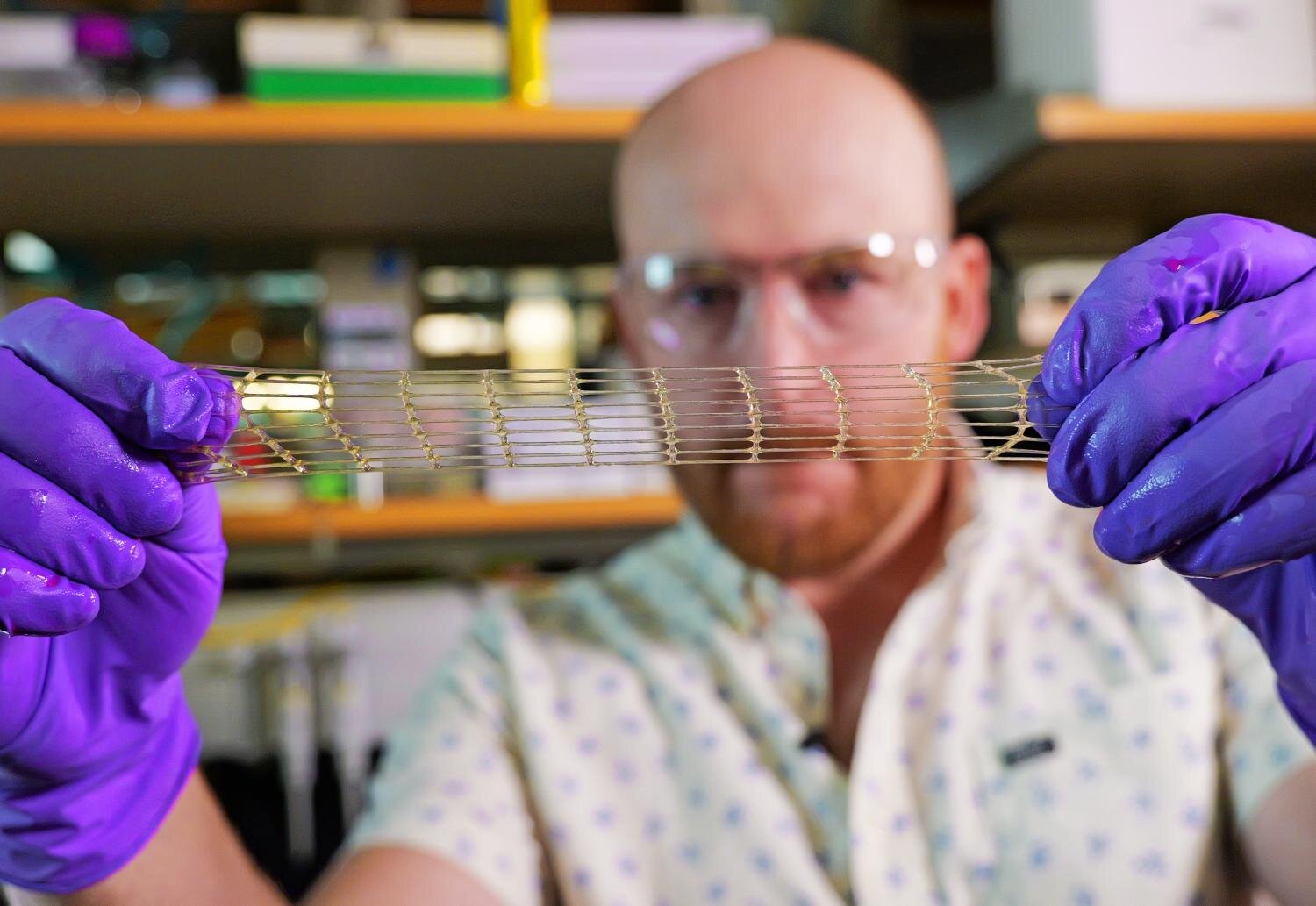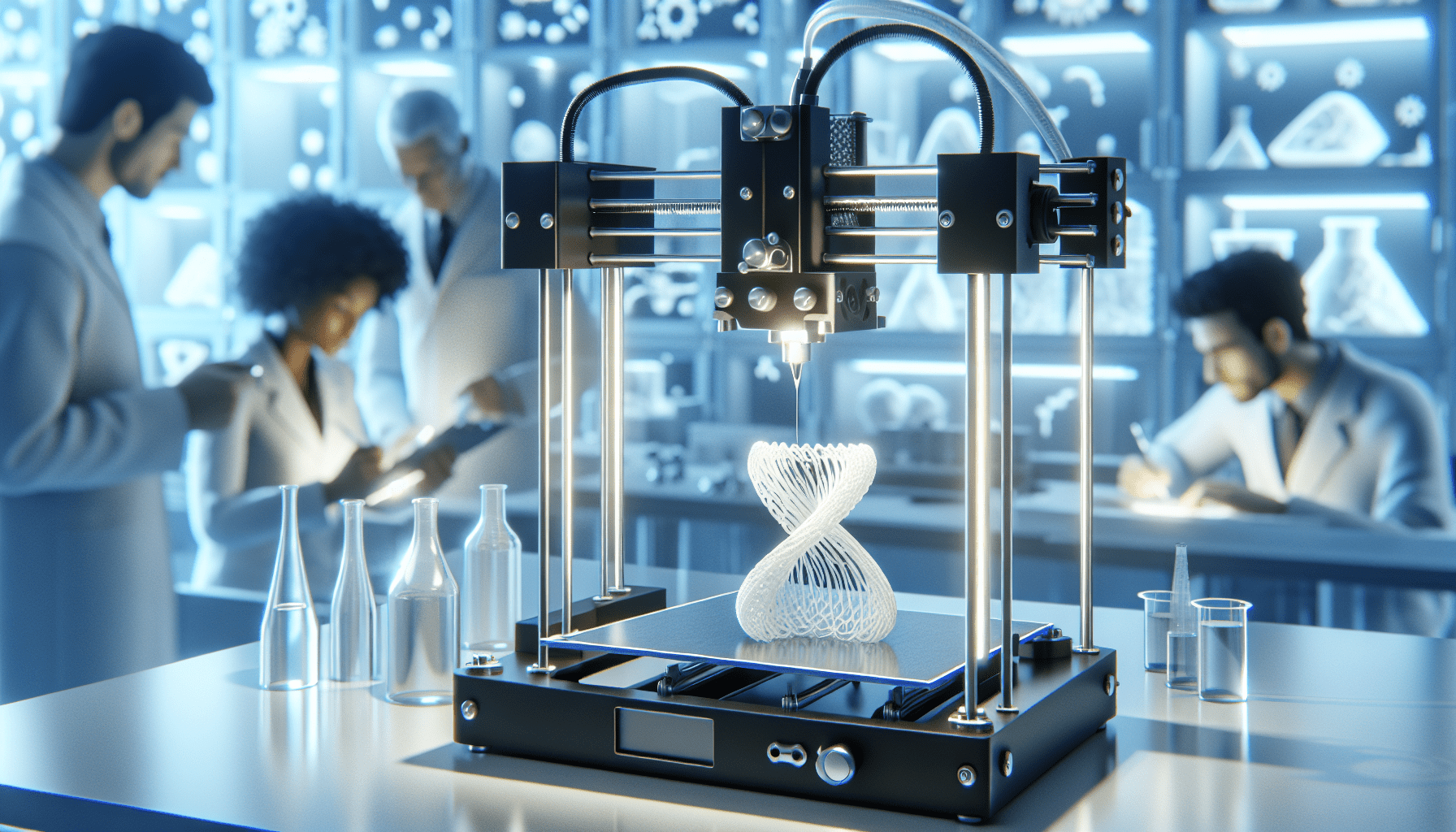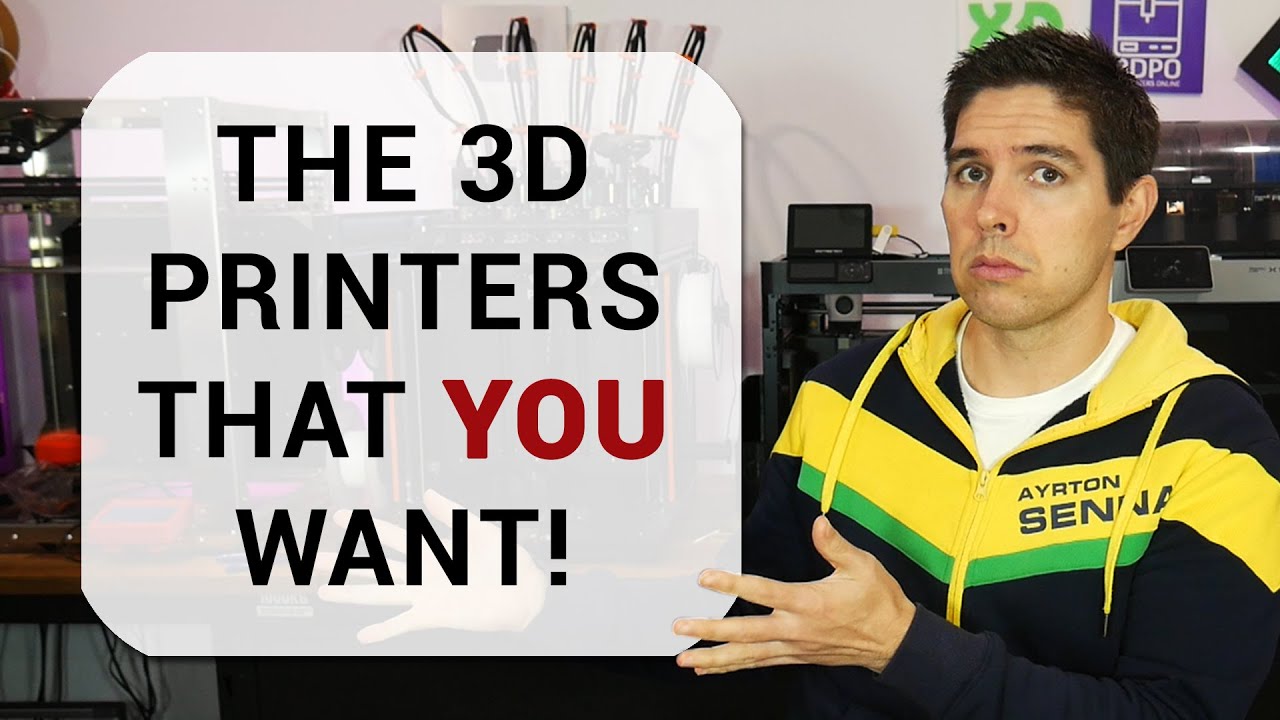ELEGOO Saturn 4 Ultra 16K Resin 3D Printer with Flip-up Lid, Smart Tank Heating at 30℃, 150mm/h High Speed Printing, Large Printing Size of 8.33x4.66x8.66 Inches
$519.99 (as of June 18, 2025 23:32 GMT +00:00 - More infoProduct prices and availability are accurate as of the date/time indicated and are subject to change. Any price and availability information displayed on [relevant Amazon Site(s), as applicable] at the time of purchase will apply to the purchase of this product.)Have you ever wondered how the cutting-edge science behind 3D printing could transform the field of medical treatments?
CU Boulder Team 3D Prints Elastic Materials for Tissue Repair
The world of additive manufacturing (AM) is continuously evolving, with researchers pushing the boundaries of what’s possible. One such notable innovation comes from a research team at the University of Colorado Boulder (CU Boulder) and University of Pennsylvania. They have spearheaded a process for 3D printing hydrogel materials that are simultaneously elastic, adhesive, and resilient. These unique materials open avenues for significant advances in medical treatments, notably in the form of internal bandages to repair damaged heart tissue, cartilage patches, or even needle-free sutures.

$30 off $400+ Anycubic Products with code AC30OFF
Why the Need for New Elastic Materials?
The capacity of cardiac and cartilage tissues to self-repair is exceptionally limited. When damaged, these tissues do not naturally regenerate, posing substantial challenges for medical professionals. Jason Burdick, a senior researcher in this project and a professor of chemical and biological engineering at CU Boulder, emphasizes, “Cardiac and cartilage tissues are similar in that they have very limited capacity to repair themselves. When they’re damaged, there is no turning back. By developing new, more resilient materials to enhance that repair process, we can have a big impact on patients.”
Drawing Inspiration from Nature
In an intriguing twist, the research team’s innovative project, published in the journal Science, found inspiration in an unexpected source: worms. Worms have the unique ability to form an entwined mass with both solid and liquid-like properties, known in scientific circles as a “worm blob”. This concept was ingeniously translated into the project by incorporating intertwined molecular chains, or entanglements, within the 3D printing material.

Buy Photon Mono M5 Get Free 1KG Resin
The CLEAR Process: A Revolutionary Approach
The creation of this new, resilient material was made possible by a specific 3D printing process developed by the CU Boulder team, called CLEAR (Continuous-curing after Light Exposure Aided by Redox initiation). This process uniquely controls the entanglement of material molecules during printing by utilizing a combination of “light and dark polymerization”. According to the researchers, “This generalizable approach reaches high monomer conversion at room temperature without the need for additional stimuli, such as light or heat after printing, and enables additive manufacturing of highly entangled hydrogels and elastomers that exhibit fourfold- to sevenfold-higher extension energies compared to traditional DLP.”
The Unique Properties of the Newly Developed Materials
The proprietary CLEAR process has yielded materials with remarkable properties. Not only are these materials more flexible and tougher than those printed using traditional DLP machines, but they also possess the ability to adhere to tissues. Matt Davidson, a research associate at Burdick’s lab, states, “We can now 3D print adhesive materials that are strong enough to mechanically support tissue. We have never been able to do that before.”

Potential for Wide-Ranging Applications
The immediate applications of these 3D printed materials are evident in the medical field, offering potential solutions for tissue repair, drug delivery, and more. Nevertheless, the potential applications extend beyond healthcare. Other sectors, such as R&D and manufacturing, may find value in the CLEAR process. The pivotal advantage of this technology lies in its ability to enhance mechanical properties without necessitating additional energy for curing parts.
Future Directions
The research team is preparing to study how these 3D printed materials interact with organic tissues in vivo. Their long-term hopes are pinned on the use of these innovative solutions to aid patients with heart defects, promote tissue regeneration, and even deliver drugs directly to organs or cartilage more effectively.

A Broader Perspective on 3D Printing
The transformative potential of the CLEAR process doesn’t end in the medical sphere. The resilient materials developed through this method could find applications in other industries, spurring further innovation. As first author Abhishek Dhand, a doctoral candidate at the University of Pennsylvania puts it, “This is a simple 3D processing method that people could ultimately use in their own academic labs as well as in industry to improve the mechanical properties of materials for a wide variety of applications. It solves a big problem for 3D printing.”
Breaking Down the Science
To truly appreciate the innovation, let’s break down the science behind the CLEAR process and the materials it produces. At its core, the CLEAR process leverages the synergy of light and redox polymerization to create highly entangled polymers at room temperature. This results in a material that is not only resilient but also exhibits unique adhesive properties, making it an ideal candidate for medical applications.
Let’s take a closer look at the essential steps and components involved in this process:
| Step | Description |
|---|---|
| Initiation | Combining monomers with a redox initiator system to begin polymerization. |
| Exposure to Light | Using a specific wavelength of light to activate part of the material, creating a network of entangled polymers. |
| Dark Polymerization | Allowing the remaining material to polymerize without additional stimuli, achieving high monomer conversion without extra energy input. |
| Formation of Entanglements | The entangled polymers lead to a material with improved mechanical properties, flexibility, and adhesion capabilities. |

Real-World Implications of the Research
The medical implications are potentially transformative. For instance, the ability to 3D print internal bandages can significantly improve how injuries are treated. Imagine a scenario where a patient with a cardiac defect could have a custom-made, flexible, and adhesive material applied directly to the damaged area, potentially reducing recovery time and improving overall outcomes.
Expanding Beyond Healthcare
However, the excitement doesn’t stop at healthcare. The materials and processes refined through this research have broader applications. In the world of R&D, the ability to create flexible, adhesive materials without the need for excessive energy input can facilitate numerous innovations. From enhancing product durability in consumer electronics to creating more resilient construction materials, the possibilities are vast.
Collaborations and Future Research
As the research progresses, collaborations with industrial partners and other academic institutions will be crucial. The next phase involves detailed in vivo studies to better understand how these materials interact with living tissues. Additionally, the research team aims to refine the CLEAR process further, optimizing it for various applications across different industries.
Final Thoughts
In many ways, the work being done by the CU Boulder team epitomizes the spirit of innovation. By taking inspiration from the natural world and applying meticulous scientific processes, they’ve potentially transformed the landscape of 3D printing and its applications. Whether you’re interested in medical advancements, industrial applications, or the science behind these technologies, the work from this team offers a glimpse into the future of additive manufacturing.
As we sit on the cusp of these advancements, one can’t help but feel optimistic about the future potential of 3D printing. The ability to create flexible, stronger, and adhesive materials with a simple yet powerful process could very well redefine how we approach manufacturing and medical treatments. The journey is just beginning, and the innovations that stem from this research will undoubtedly be monumental.
$30 off $400+ Anycubic Products with code AC30OFF








